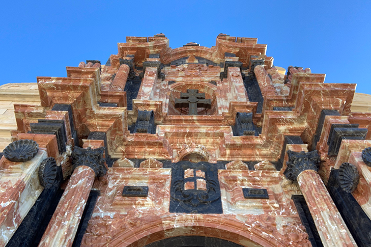
BASÍLICA - SANTUARIO DE LA VERA CRUZ
C/ Cuesta del Castillo, s/n
30400 CARAVACA DE LA CRUZ
Telephone: +34 968 707 743
e-mail: cofradia@lacruzdecaravaca.es
www.lacruzdecaravaca.com

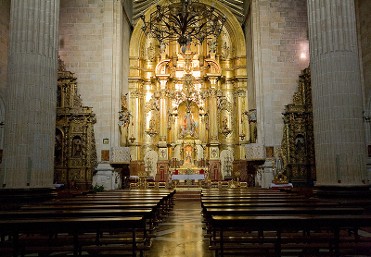
IGLESIA PARROQUIAL DE "EL SALVADOR"
C/ Mayor, 2
30400 CARAVACA DE LA CRUZ
Telephone: +34 659 008 495
e-mail: turismo@caravacadelacruz.es
www.turismocaravaca.com
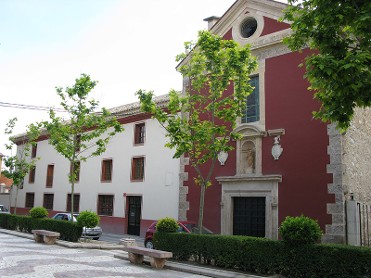
IGLESIA MONASTERIO DE NUESTRA SEÑORA DEL CARMEN
C/ Corredera, 5
30400 CARAVACA DE LA CRUZ
Telephone: +34 968 708 527
e-mail: ocdcaravaca@yahoo.es
www.hospederiacaravaca.org
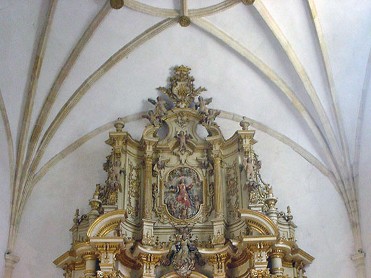
IGLESIA DE LA CONCEPCIÓN
C/ Glorieta, s/n
30400 CARAVACA DE LA CRUZ
Telephone: +34 968 707 530
e-mail: turismo@caravacadelacruz.es
www.turismocaravaca.com
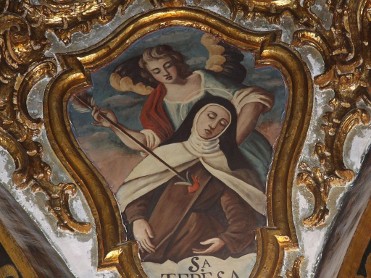
IGLESIA DE SAN JOSÉ
C/ Mayor, s/n
30400 CARAVACA DE LA CRUZ
Telephone: +34 968 701 003
e-mail: turismo@caravacadelacruz.es
www.turismocaravaca.com
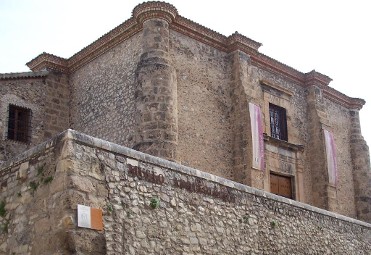
IGLESIA DE LA SOLEDAD - MUSEO ARQUEOLÓGICO
Cuesta del Castillo s/n
30400 CARAVACA DE LA CRUZ
Telephone: +34 968 700 512
e-mail: turismo@caravacadelacruz.es
www.turismocaravaca.com/
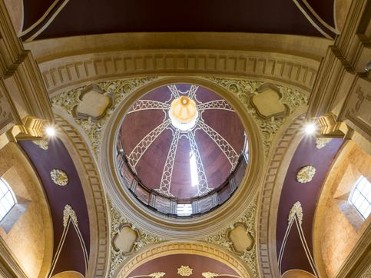
COLEGIO E IGLESIA DE LA COMPAÑÍA DE JESÚS
C/ Mayor, s/n
30400 CARAVACA DE LA CRUZ
Telephone: +34 968 702 000
e-mail: areadecultura@caravacadelacruz.es
www.turismocaravaca.com
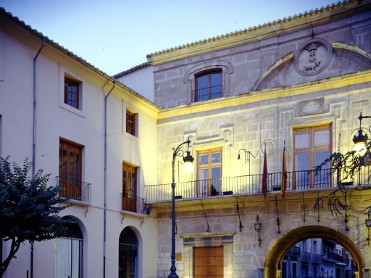
AYUNTAMIENTO DE CARAVACA DE LA CRUZ
Pza. del Arco, 1
30400 CARAVACA DE LA CRUZ
Telephone: +34 968 702 000
/
Fax: +34 968 702 767
e-mail: alcaldia@caravaca.org
www.caravaca.org
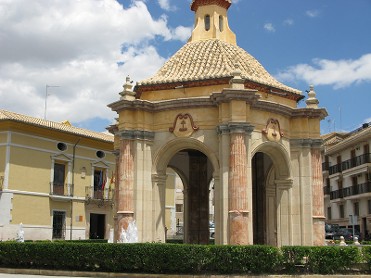
TEMPLETE O CAPILLA DEL BAÑADERO
Pza. del Templete
30400 CARAVACA DE LA CRUZ
e-mail: turismo@caravacadelacruz.es
www.turismocaravaca.com
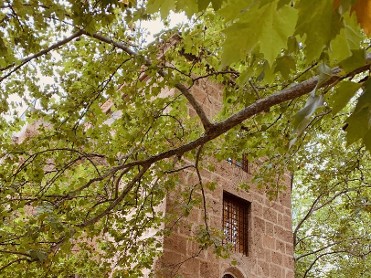
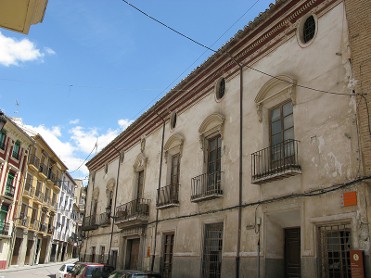
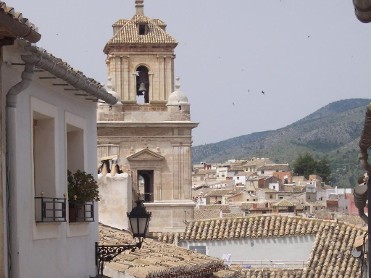
CONJUNTO HISTÓRICO
Casco Antiguo de Caravaca de la Cruz.
30400 CARAVACA DE LA CRUZ
e-mail: turismo@caravacadelacruz.es
www.turismocaravaca.org
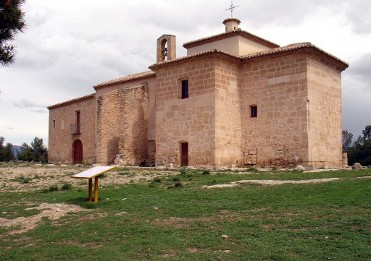
ERMITA SANTUARIO DE LA ENCARNACIÓN
Pedanía de La Encarnación
LA ENCARNACION (CARAVACA DE LA CRUZ)
Telephone: +34 968 705 620
/
Fax: +34 968 705 199
e-mail: turismo@caravacadelacruz.es
www.turismocaravaca.org
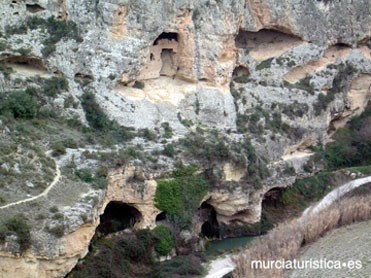
ESTRECHO DE LAS CUEVAS DE LA ENCARNACIÓN
Pedanía de La Encarnación
30410 LA ENCARNACION (CARAVACA DE LA CRUZ)
Telephone: +34 968 705 620
www.turismocaravaca.com/
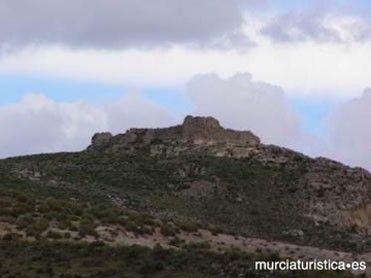
CASTILLO DE LOS POYOS DE CELDA
Pedanía de los Royos
30410 LOS ROYOS (CARAVACA DE LA CRUZ)
www.turismocaravaca.org
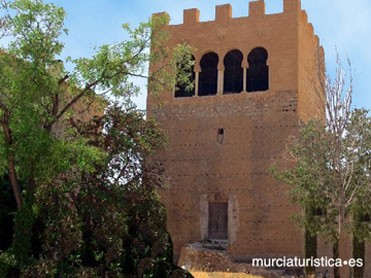
ENTORNO DE PROTECCIÓN DE TORRE MATA
Pedanía de los Royos. Cañada Tarragoya.
30410 LOS ROYOS (CARAVACA DE LA CRUZ)



